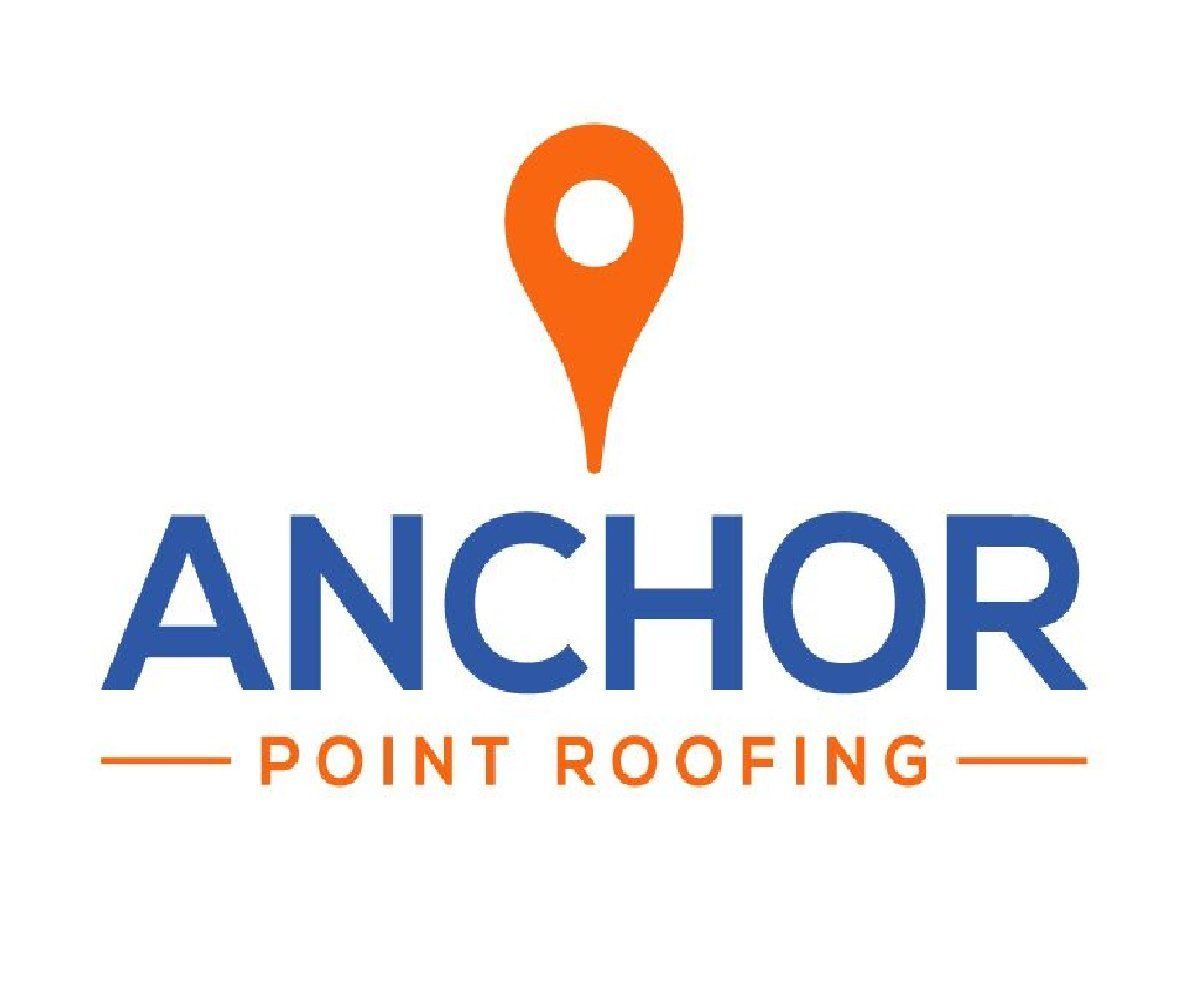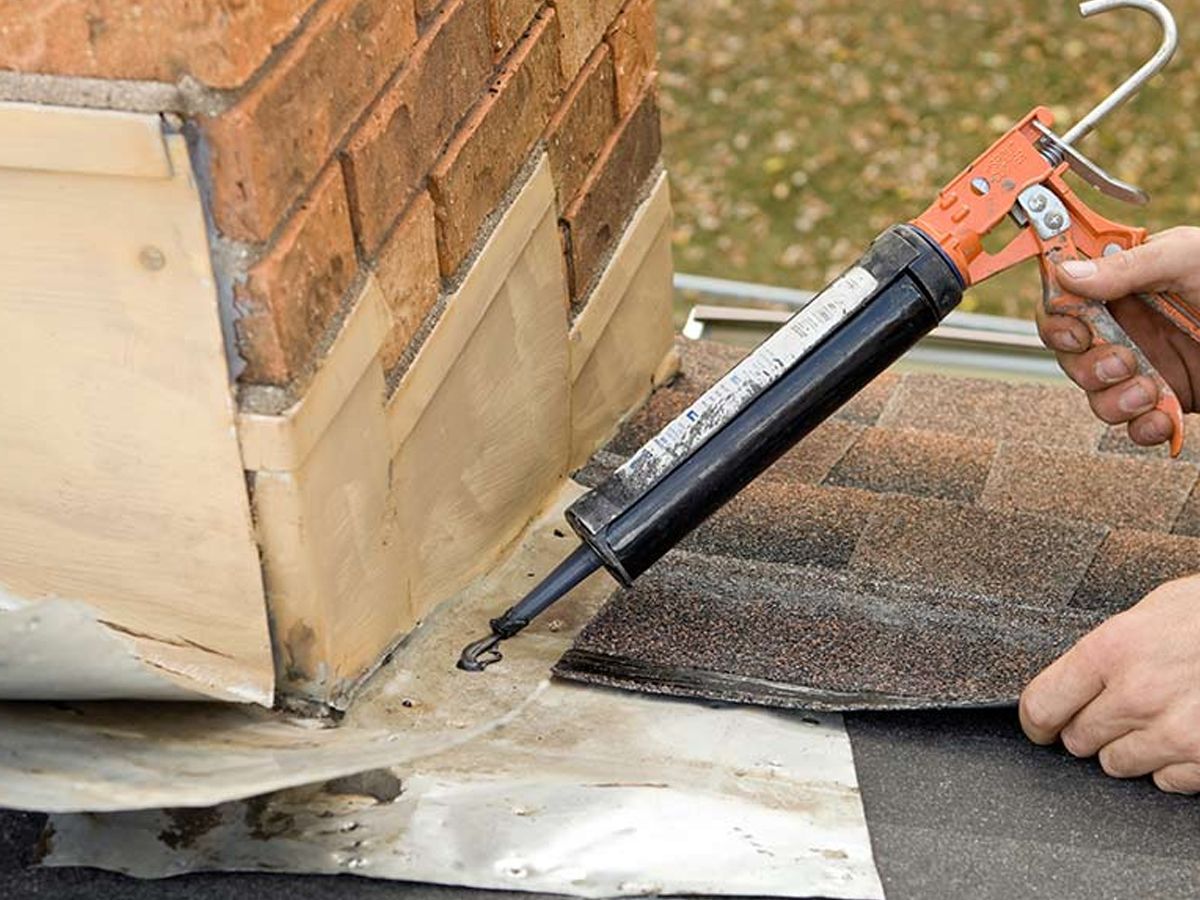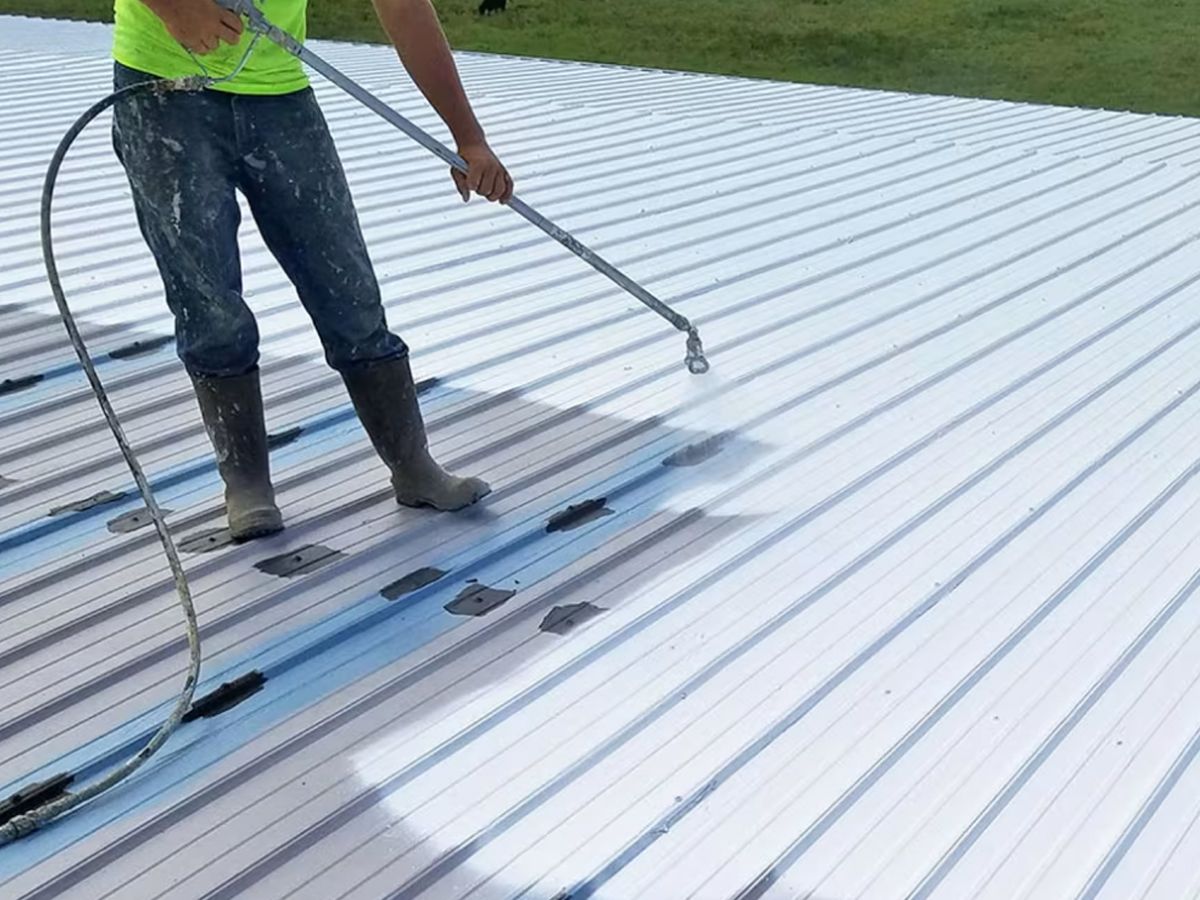About The Author
ANCHOR POINT ROOFING
When it comes to your home’s roofing system, there are many components that play crucial roles in maintaining its structural integrity and aesthetic appeal. One such component that often goes unnoticed but is of paramount importance is the roof fascia. But what is fascia on a house? And what does it actually do?
In this comprehensive guide, we will explain everything you need to know about roof fascia, including:
- What roof fascia is
- The various functions
- Different styles
- Maintenance tips
- Signs of damage
- The cost of replacement
Wondering if it’s time to replace your fascia board? Keep reading for the key signs!
WHAT IS ROOF FASCIA?

Roof fascia is a critical architectural element of your home’s roofing system. It is the vertical board or panel that runs along the lower edge of the roofline, connecting the edges of the roof to the outer walls of the house. Essentially, it serves as a protective barrier between the roof and the exterior of your home.
WHAT DOES ROOF FASCIA DO?
Your fascia board may not look like much, but it serves several key functions, including:
- Protection: One of the primary functions of roof fascia is to protect the roof and the interior of your home from the elements. It acts as a shield against rain, snow, and other environmental factors, preventing water from seeping into the roofing structure and causing damage.
- Aesthetic Appeal: Roof fascia also plays a significant role in enhancing the visual appeal of your home. It helps create a clean, finished look by covering the exposed edges of the roof and providing a smooth transition from the roofline to the walls.
- Gutter Support: Fascia boards are crucial for supporting gutters and downspouts. They provide a solid attachment point for these drainage systems, ensuring that rainwater is directed away from the roof and foundation, reducing the risk of water damage.
5 DIFFERENT FASCIA STYLES
Roof fascia can come in various styles, materials, and finishes, allowing homeowners to choose the option that best complements their home’s architecture and design. Some common styles include:
1) WOODEN FASCIA
Traditional wooden fascia boards offer a timeless and rustic appearance. They can be painted or stained to match the home’s color scheme but require regular maintenance to prevent rot and decay.
2) VINYL FASCIA
Vinyl fascia boards are a low-maintenance alternative to wood. They are durable, resistant to rot and pests, and come in a wide range of colors. Vinyl fascia is easy to clean and does not require repainting.
3) ALUMINUM FASCIA
Aluminum fascia is known for its durability and resistance to corrosion. It is lightweight and available in different finishes, making it a popular choice for modern homes. Like vinyl, it is low-maintenance and does not require frequent painting.
4) COMPOSITE FASCIA
Composite fascia boards are made from a blend of wood fibers and synthetic materials. They offer the natural look of wood without the susceptibility to rot. Composite fascia is easy to maintain and provides long-lasting performance.
5) DECORATIVE FASCIA
Some homeowners opt for decorative fascia boards with intricate designs or moldings. These can add a touch of elegance to the exterior of the house and make a statement.
HOW TO MAINTAIN ROOF FASCIA
Proper maintenance is essential to ensure that your roof fascia continues to perform its functions effectively and looks great. Here are some maintenance tips:
- Inspect Regularly: Periodically inspect your roof fascia for signs of damage or wear, especially after severe weather events. Look for cracks, rot, peeling paint, or rust (if you have metal fascia).
- Clean Gutters: Keep your gutters clean and free of debris to prevent water overflow, which can damage the fascia. Regular gutter maintenance is key to prolonging the life of your fascia.
- Repair and Repaint: Address any minor issues promptly. Repair damaged fascia boards and repaint them to protect against moisture and UV damage. Use quality exterior paint for best results.
- Trim Trees: Trim branches that overhang your roof to prevent them from rubbing against the fascia and causing damage.
- Professional Inspection: Schedule periodic professional inspections of your roofing system, including the fascia, to catch and address issues early.
SIGNS OF FASCIA DAMAGE

Recognizing signs of fascia damage early can prevent more extensive and costly repairs in the future. Here are some common indicators of fascia problems:
- Peeling or Blistering Paint: Paint that is peeling or blistering on the fascia may indicate water infiltration or moisture-related issues.
- Rot or Decay: Wooden fascia is susceptible to rot and decay. If you notice soft spots or areas that appear discolored, it may be a sign of rot.
- Cracks or Splitting: Cracks or splitting in the fascia boards can occur due to exposure to harsh weather conditions or age.
- Sagging Gutters: If your gutters are sagging or pulling away from the fascia, it may indicate fascia damage or deterioration.
- Pest Infestation: Insect or pest infestations, such as termites, can cause significant damage to wooden fascia.
COST OF FASCIA REPLACEMENT
The cost of replacing roof fascia can vary widely depending on several factors, including the material, the extent of the damage, labor costs in your area, and the style of your home. As a rough estimate, here’s what you can expect:
- Material Cost: The cost of fascia material will depend on your choice. Vinyl and aluminum fascia tend to be more affordable than wood or composite options.
- Labor Costs: Labor costs for fascia replacement will vary based on your location and the complexity of the job. Expect to pay more if extensive repairs or customization are required.
- Size of the Roof: The size and layout of your roof will also affect the overall cost. Larger roofs with more complex designs may require more time and materials.
- Additional Repairs: If your roofing system has suffered extensive damage beyond the fascia, additional repairs may be necessary, increasing the overall cost.
- DIY vs. Professional: While some homeowners may opt to replace fascia boards themselves to save money, it’s essential to consider your skill level and the potential for costly mistakes. Professional installation ensures the job is done correctly and may be more cost-effective in the long run.
TAKE CARE OF YOUR ROOF’S OVERHANG
Roof fascia may not always be the first thing that comes to mind when thinking about your home’s roofing system, but it plays a vital role in protecting your home from the elements and enhancing its appearance. Regular maintenance and prompt attention to signs of damage are essential to ensure the longevity and performance of your roof fascia.
When the time comes for replacement, consider your options carefully, taking into account material choices and potential costs. Have questions? Anchor Point Roofing is here to help! Contact us today to get support.





